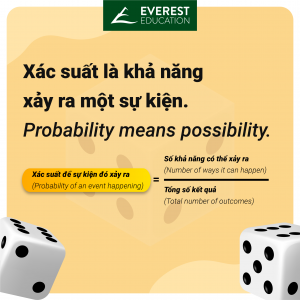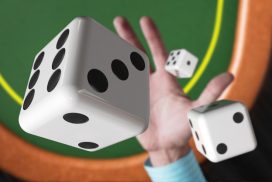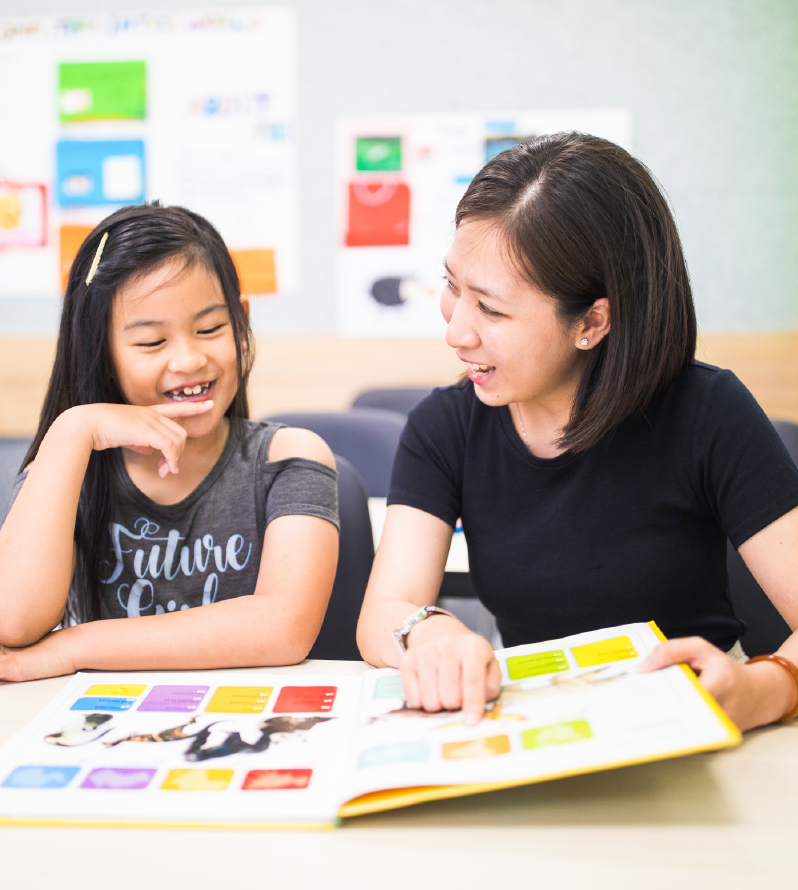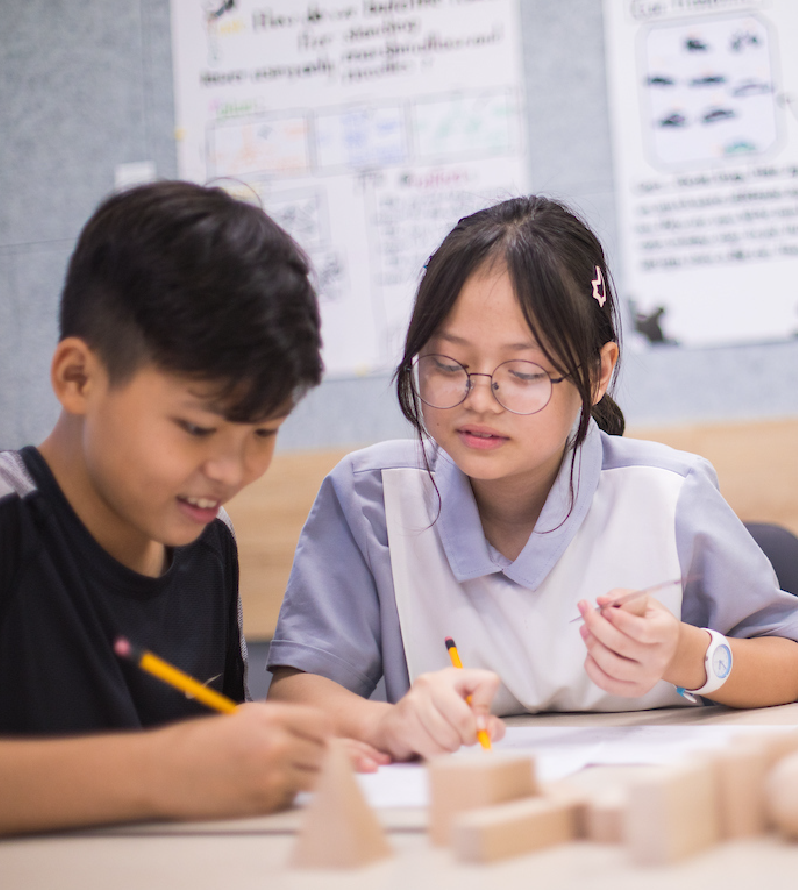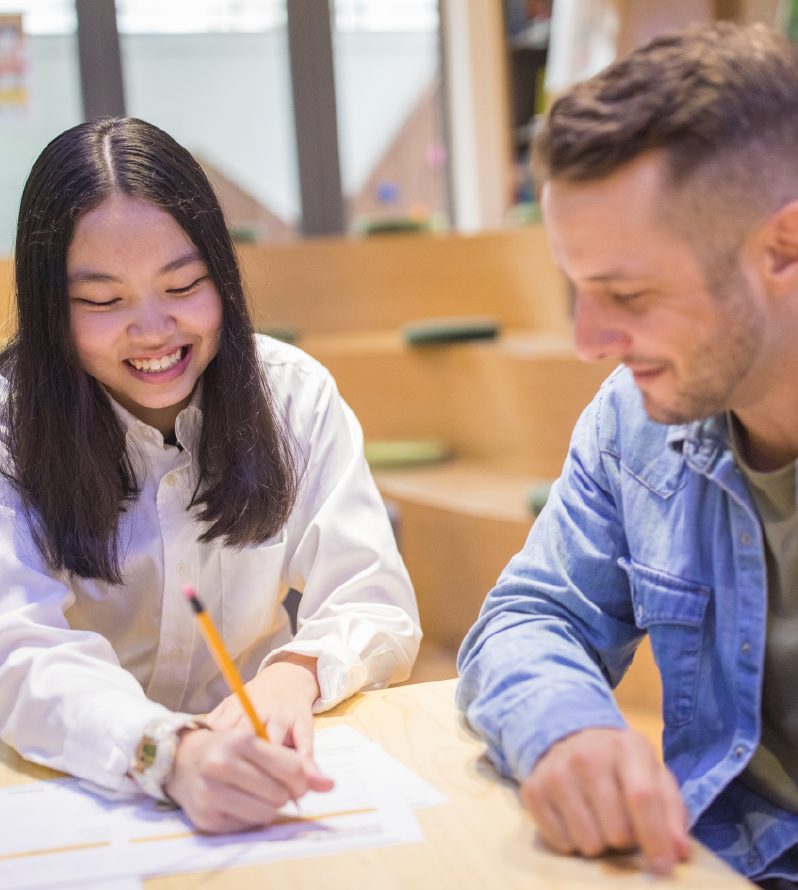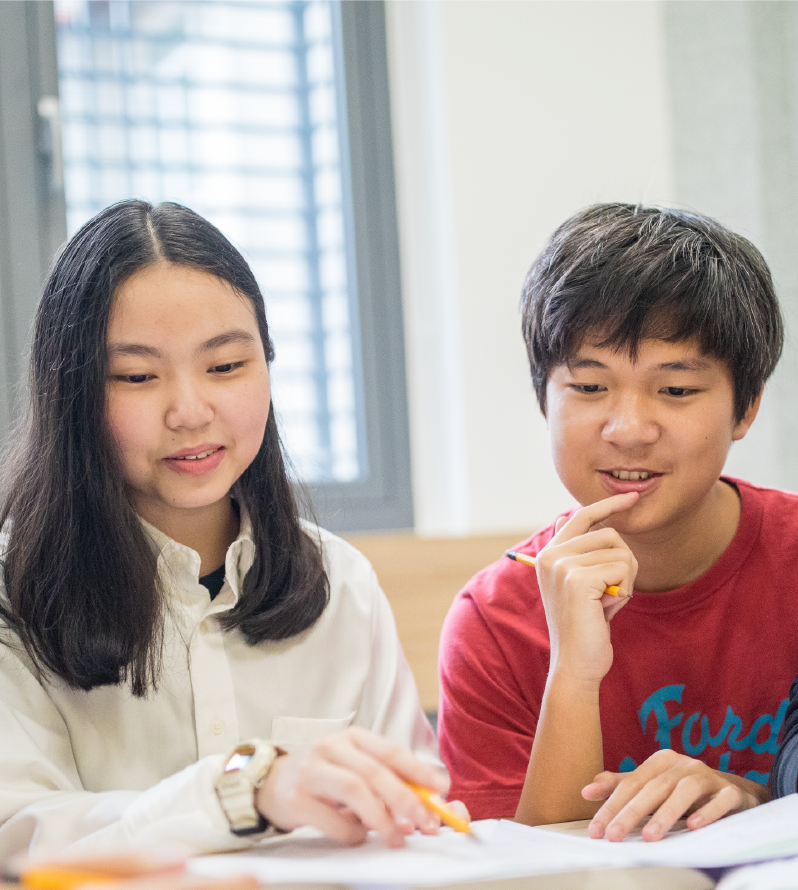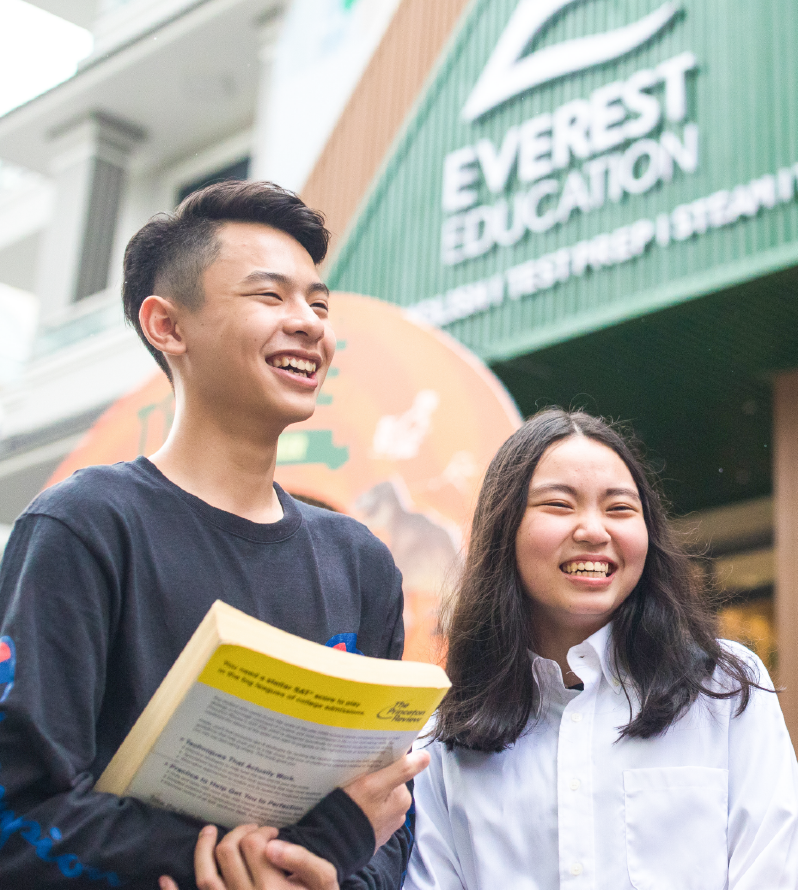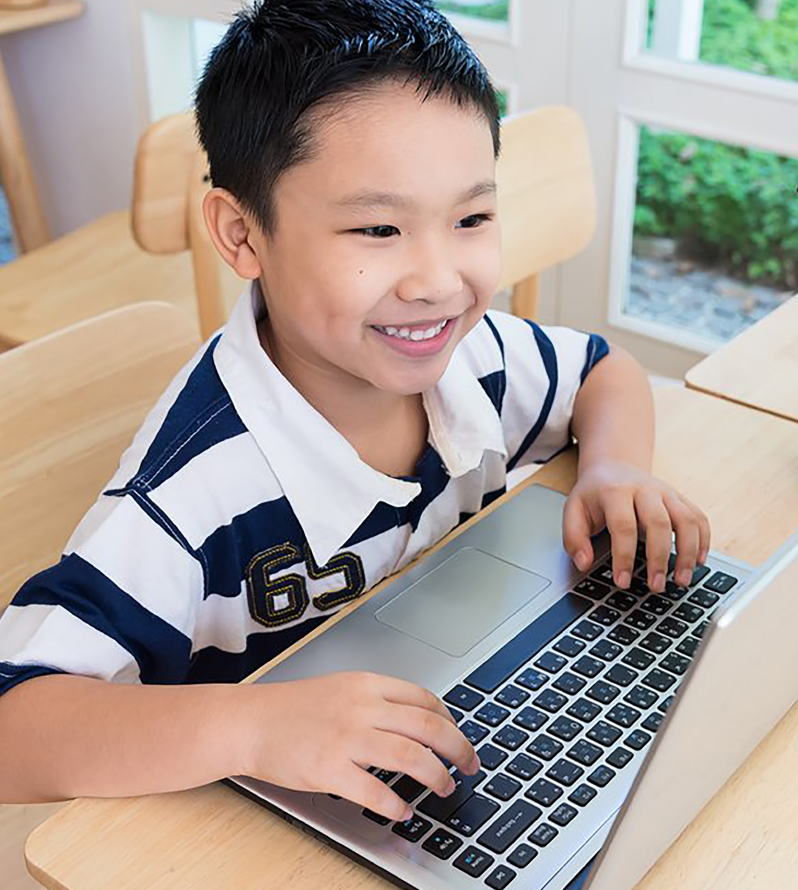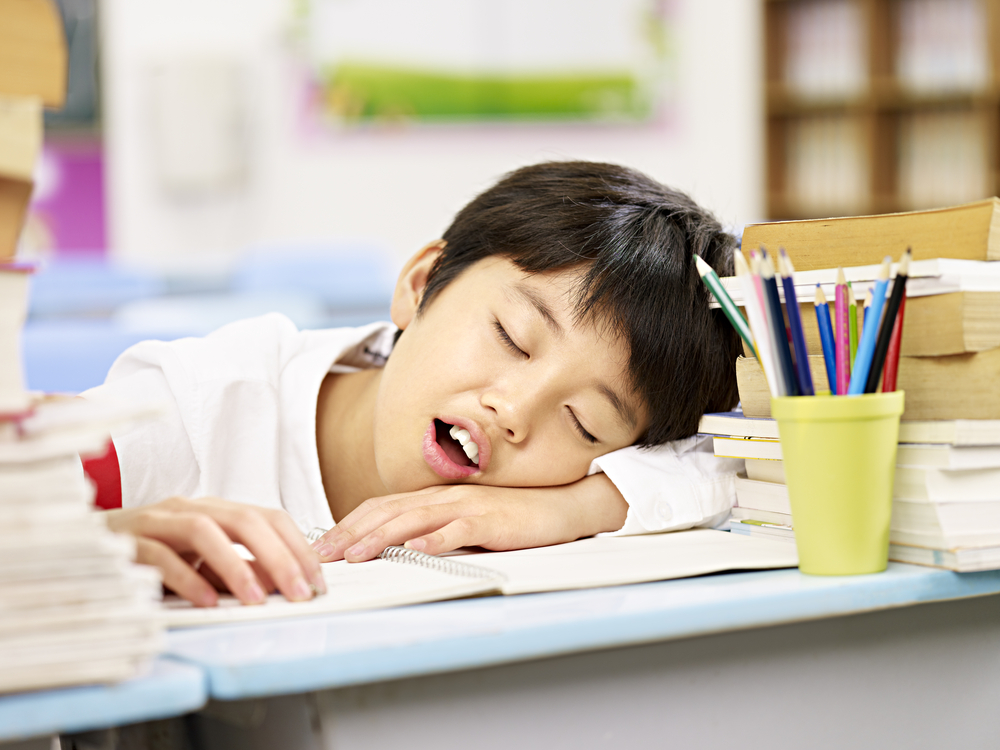Why should children learn probability as soon as possible?
Probability – Statistics is one of the three most important aspects of mathematics, accompanying high school students throughout their math learning journey.
Probability is mathematically random. Based on events in life, people make predictions about how likely will that event happen. Therefore, you can completely show and explain to your kids real-life examples of probability. At Everest, we let students learn and play with probability from a very early age. Therefore, they gain a strong foundation and understand how to make decisions most efficiently. Learn more about our course here.
Mathematical probability is expressed in fractions (½) and percentages (50%). Once you know the probability, you can determine the likelihood of an event, which falls along this range:
– certain (probability of 1, the highest possible likelihood)
– likely (probability between ½ and 1)
– even chance (probability of ½)
– unlikely (probability between 0 and ½)
– impossible (probability of 0, the lowest possible likelihood)
Weather Forecasting
Before planning for an outing or a picnic, we always check the weather forecast. Suppose it says that there is a 60% chance that rain may occur. Do you ever wonder where this 60% come from?
Meteorologists use a specific tool and technique to predict the weather forecast. They look at all the other historical databases of the days, which have a similar temperature, humidity, pressure, etc. And determine that on 60 out of 100 similar days in the past, it had rained.
Where learning meets joy
with friends and teachers who care
Lottery Tickets

Winning a lottery is one of the most interesting examples of probability. In a typical Lottery game, each player chooses six distinct numbers from a particular range. If all the six numbers on a ticket match with that of the winning lottery ticket, the ticket holder is a Jackpot winner- regardless of the order of the numbers. The probability of this happening is 1 out of 10 lakh (A lakh is a unit in the Indian numbering system equal to one hundred thousand (100,000))
Flipping a coin or Dice

Flipping a coin is one of the most important events before the start of the match. There is no surety, either head will come or not. Both head and tail have 1 out of 2, i.e., 50% chances to occur. Hence, the probability of getting the desired outcome is 0.5. Similarly, while playing with dice, there are 1 out of 6 chances that the required number will come.
Playing Cards
There is a probability of getting a desired card when we randomly pick one out of 52. For example, the probability of picking up an ace in a 52 deck of cards is 4/52; since there are 4 aces in the deck. The odds of picking up any other card is therefore 1 – 4/52 = 48/52.
reference: studiousguy, yourdictionary
#keeponlearning
